Tariq Alshawi
Challenging Environments for Traffic Sign Detection: Reliability Assessment under Inclement Conditions
Feb 19, 2019
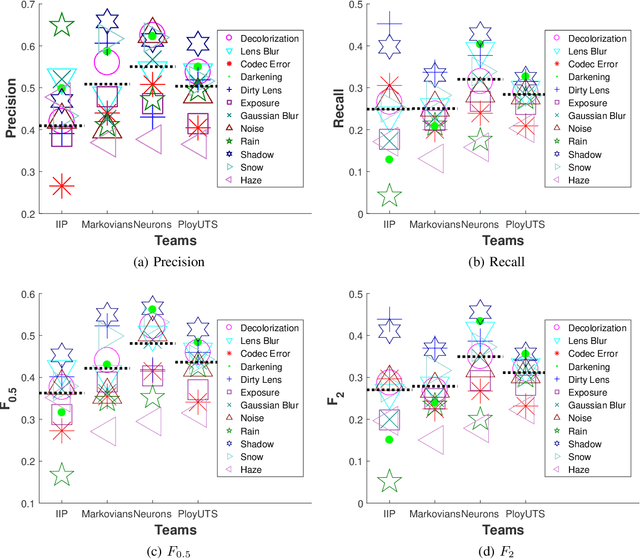
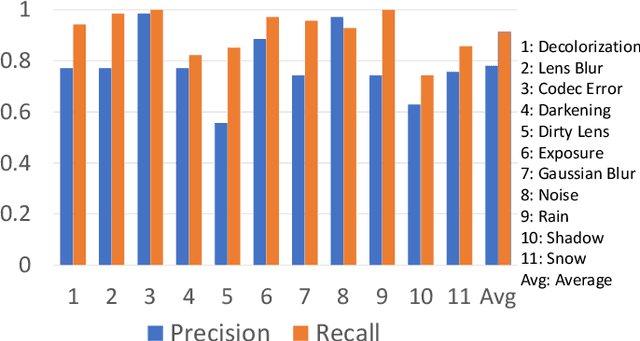
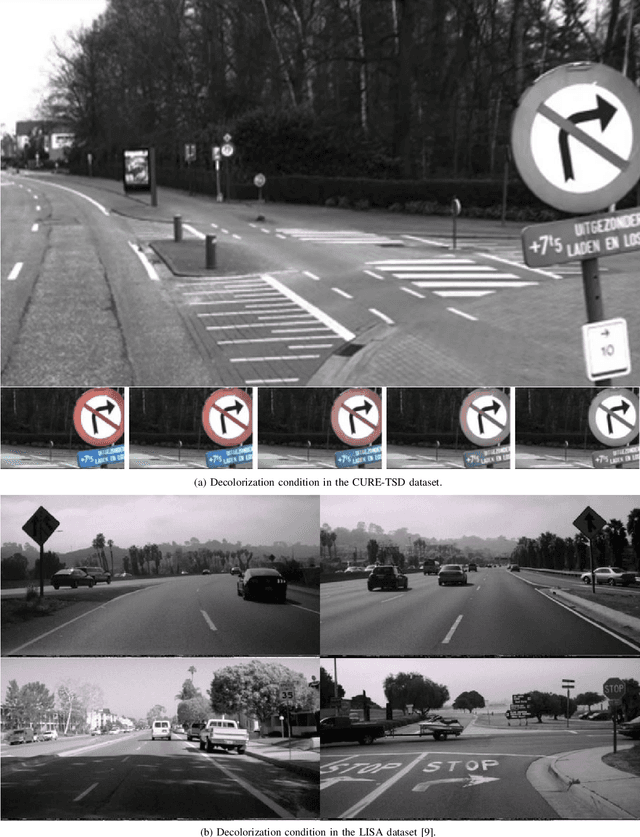
Abstract:State-of-the-art algorithms successfully localize and recognize traffic signs over existing datasets, which are limited in terms of challenging condition type and severity. Therefore, it is not possible to estimate the performance of traffic sign detection algorithms under overlooked challenging conditions. Another shortcoming of existing datasets is the limited utilization of temporal information and the unavailability of consecutive frames and annotations. To overcome these shortcomings, we generated the CURE-TSD video dataset and hosted the first IEEE Video and Image Processing (VIP) Cup within the IEEE Signal Processing Society. In this paper, we provide a detailed description of the CURE-TSD dataset, analyze the characteristics of the top performing algorithms, and provide a performance benchmark. Moreover, we investigate the robustness of the benchmarked algorithms with respect to sign size, challenge type and severity. Benchmarked algorithms are based on state-of-the-art and custom convolutional neural networks that achieved a precision of 0.55 and a recall of 0.32, F0.5 score of 0.48 and F2 score of 0.35. Experimental results show that benchmarked algorithms are highly sensitive to tested challenging conditions, which result in an average performance drop of 0.17 in terms of precision and a performance drop of 0.28 in recall under severe conditions. The dataset is publicly available at https://ghassanalregib.com/curetsd/.
Saliency detection for seismic applications using multi-dimensional spectral projections and directional comparisons
Jan 30, 2019
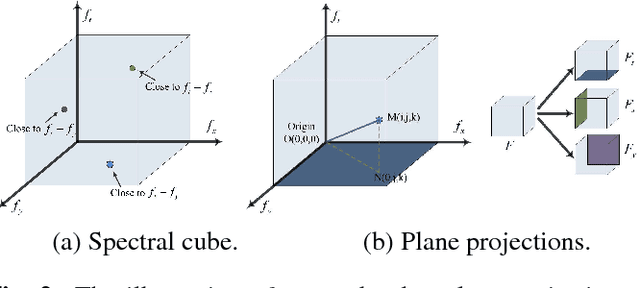

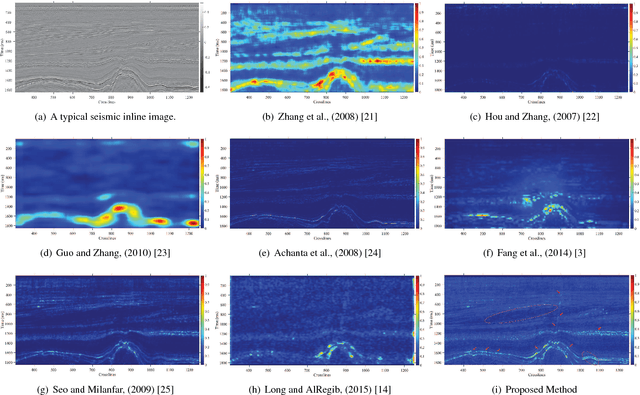
Abstract:In this paper, we propose a novel approach for saliency detection for seismic applications using 3D-FFT local spectra and multi-dimensional plane projections. We develop a projection scheme by dividing a 3D-FFT local spectrum of a data volume into three distinct components, each depicting changes along a different dimension of the data. The saliency detection results obtained using each projected component are then combined to yield a saliency map. To accommodate the directional nature of seismic data, in this work, we modify the center-surround model, proven to be biologically plausible for visual attention, to incorporate directional comparisons around each voxel in a 3D volume. Experimental results on real seismic dataset from the F3 block in Netherlands offshore in the North Sea prove that the proposed algorithm is effective, efficient, and scalable. Furthermore, a subjective comparison of the results shows that it outperforms the state-of-the-art methods for saliency detection.
Understanding spatial correlation in eye-fixation maps for visual attention in videos
Jan 30, 2019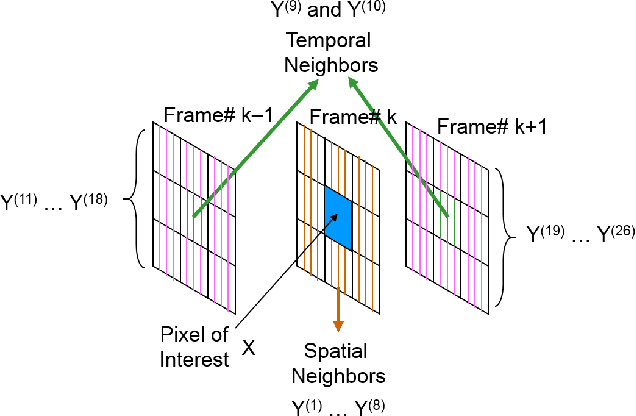
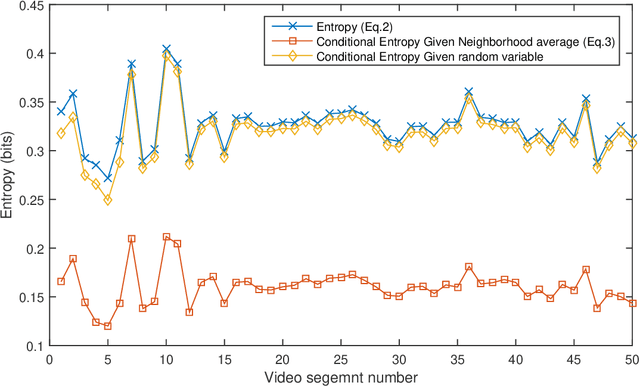
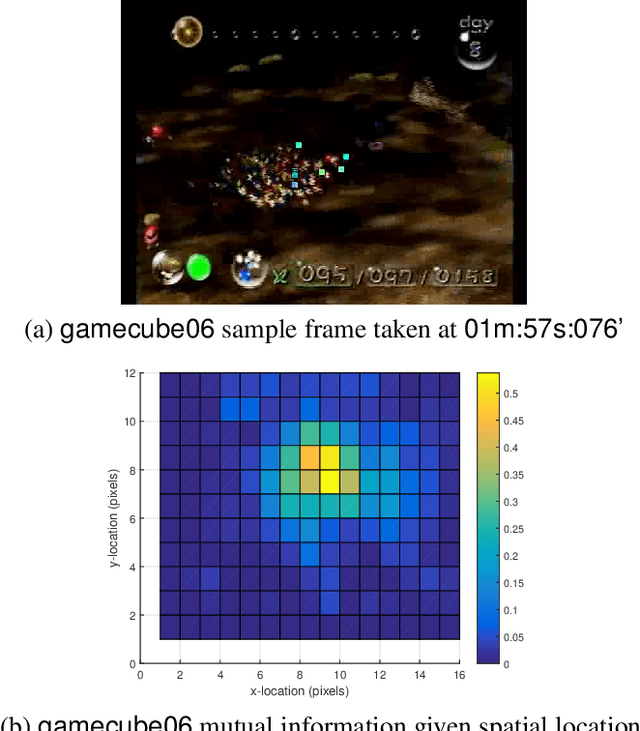
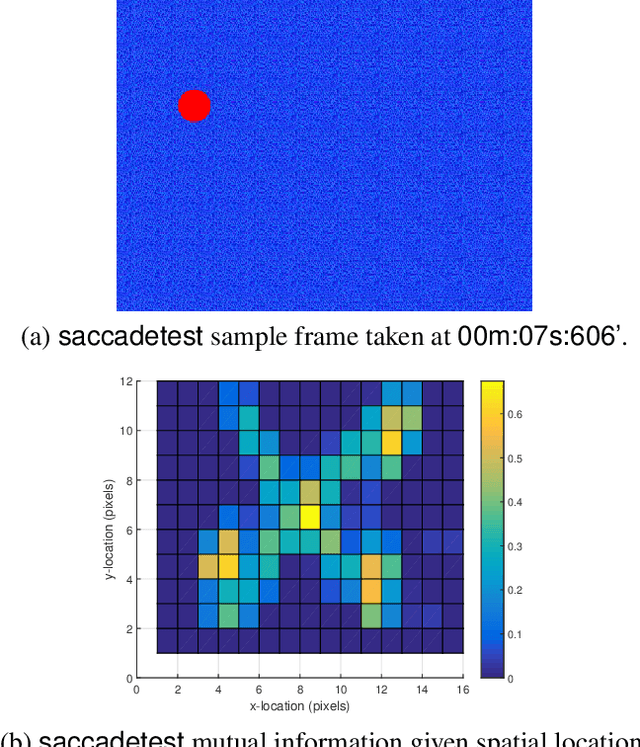
Abstract:In this paper, we present an analysis of recorded eye-fixation data from human subjects viewing video sequences. The purpose is to better understand visual attention for videos. Utilizing the eye-fixation data provided in the CRCNS (Collaborative Research in Computational Neuroscience) dataset, this paper focuses on the relation between the saliency of a pixel and that of its direct neighbors, without making any assumption about the structure of the eye-fixation maps. By employing some basic concepts from information theory, the analysis shows substantial correlation between the saliency of a pixel and the saliency of its neighborhood. The analysis also provides insights into the structure and dynamics of the eye-fixation maps, which can be very useful in understanding video saliency and its applications.
SalSi: A new seismic attribute for salt dome detection
Jan 09, 2019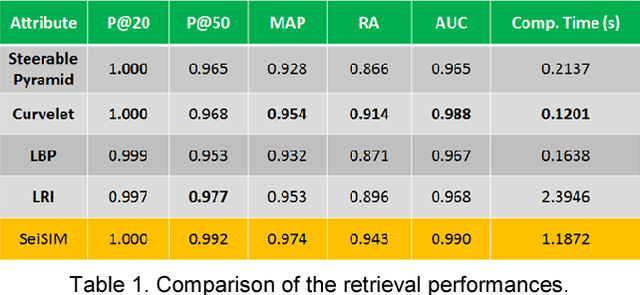
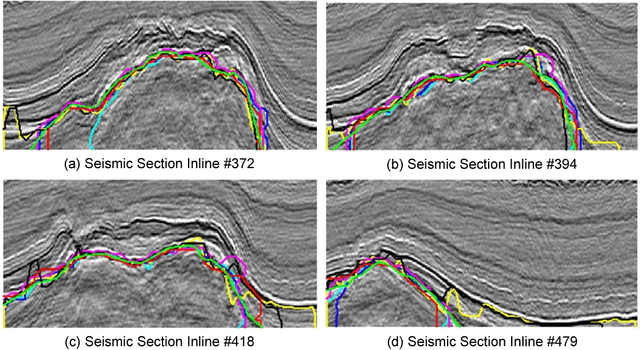
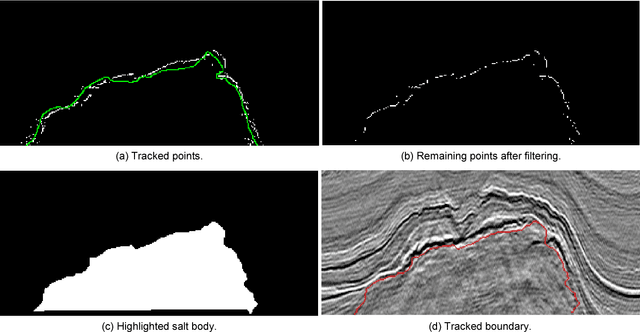
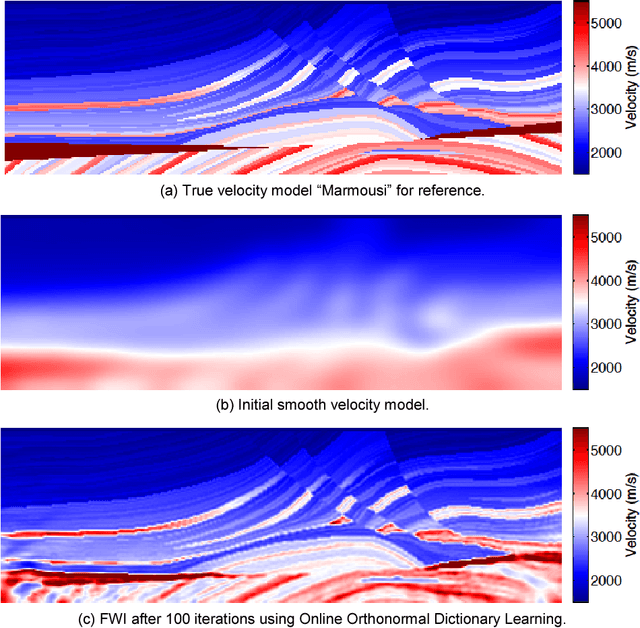
Abstract:In this paper, we propose a saliency-based attribute, SalSi, to detect salt dome bodies within seismic volumes. SalSi is based on the saliency theory and modeling of the human vision system (HVS). In this work, we aim to highlight the parts of the seismic volume that receive highest attention from the human interpreter, and based on the salient features of a seismic image, we detect the salt domes. Experimental results show the effectiveness of SalSi on the real seismic dataset acquired from the North Sea, F3 block. Subjectively, we have used the ground truth and the output of different salt dome delineation algorithms to validate the results of SalSi. For the objective evaluation of results, we have used the receiver operating characteristics (ROC) curves and area under the curves (AUC) to demonstrate SalSi is a promising and an effective attribute for seismic interpretation.
Unsupervised uncertainty estimation using spatiotemporal cues in video saliency detection
Jan 06, 2019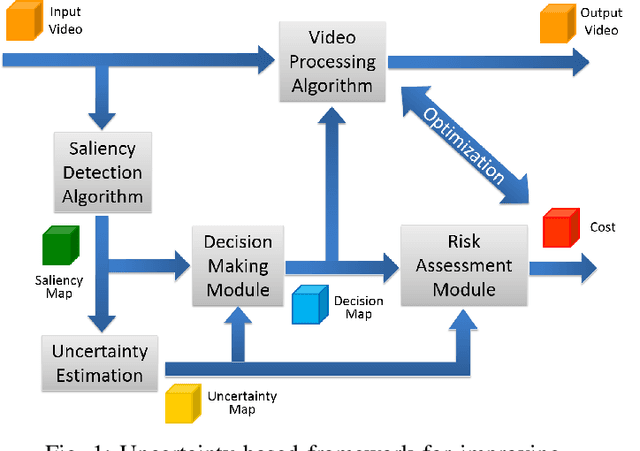
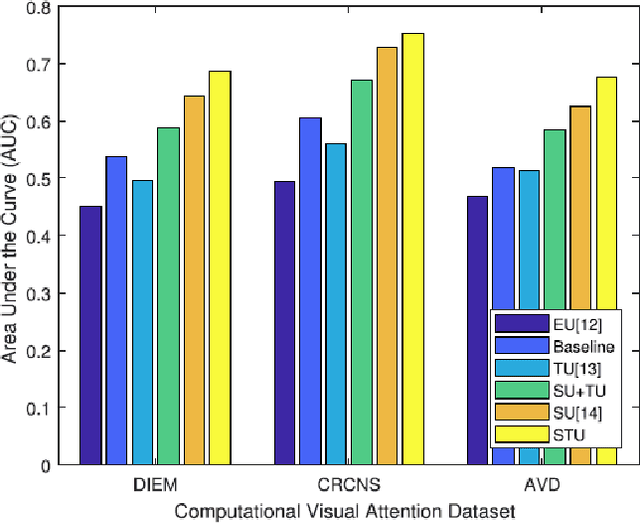
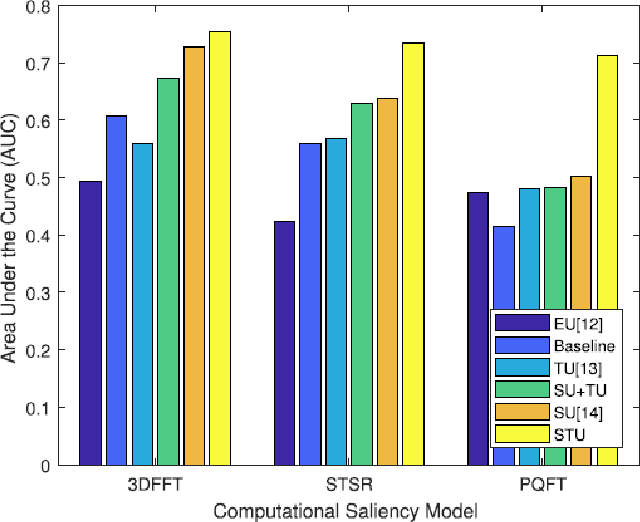
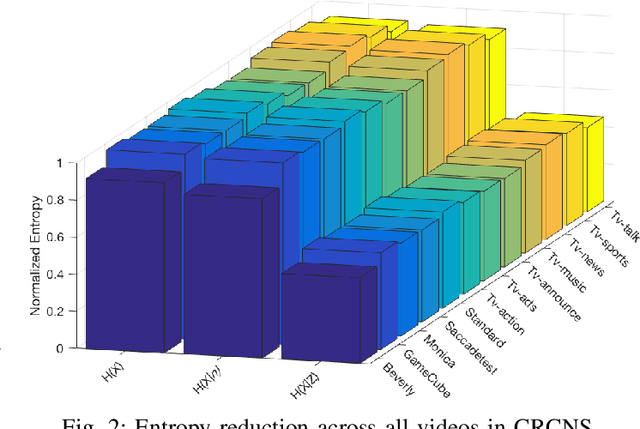
Abstract:In this paper, we address the problem of quantifying reliability of computational saliency for videos, which can be used to improve saliency-based video processing and enable more reliable performance and risk assessment of such processing. Our approach is twofold. First, we explore spatial correlations in both saliency map and eye-fixation map. Then, we learn spatiotemporal correlations that define a reliable saliency map. We first study spatiotemporal eye-fixation data from a public dataset and investigate a common feature in human visual attention, which dictates correlation in saliency between a pixel and its direct neighbors. Based on the study, we then develop an algorithm that estimates a pixel-wise uncertainty map that reflects our confidence in the associated computational saliency map by relating a pixel's saliency to the saliency of its neighbors. To estimate such uncertainties, we measure the divergence of a pixel, in a saliency map, from its local neighborhood. Additionally, we propose a systematic procedure to evaluate the estimation performance by explicitly computing uncertainty ground truth as a function of a given saliency map and eye fixations of human subjects. In our experiments, we explore multiple definitions of locality and neighborhoods in spatiotemporal video signals. In addition, we examine the relationship between the parameters of our proposed algorithm and the content of the videos. The proposed algorithm is unsupervised, making it more suitable for generalization to most natural videos. Also, it is computationally efficient and flexible for customization to specific video content. Experiments using three publicly available video datasets show that the proposed algorithm outperforms state-of-the-art uncertainty estimation methods with improvement in accuracy up to 63% and offers efficiency and flexibility that make it more useful in practical situations.
The role of visual saliency in the automation of seismic interpretation
Dec 31, 2018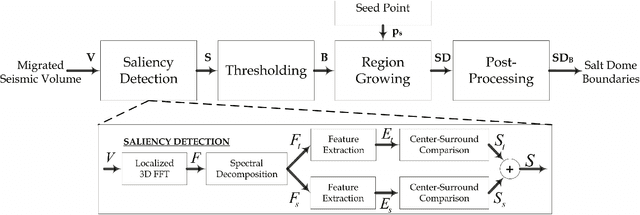

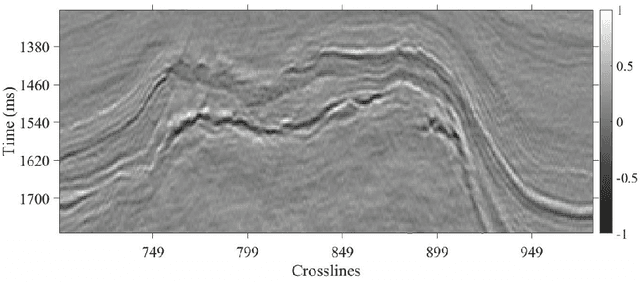

Abstract:In this paper, we propose a workflow based on SalSi for the detection and delineation of geological structures such as salt domes. SalSi is a seismic attribute designed based on the modeling of human visual system that detects the salient features and captures the spatial correlation within seismic volumes for delineating seismic structures. Using SalSi, we can not only highlight the neighboring regions of salt domes to assist a seismic interpreter but also delineate such structures using a region growing method and post-processing. The proposed delineation workflow detects the salt-dome boundary with very good precision and accuracy. Experimental results show the effectiveness of the proposed workflow on a real seismic dataset acquired from the North Sea, F3 block. For the subjective evaluation of the results of different salt-dome delineation algorithms, we have used a reference salt-dome boundary interpreted by a geophysicist. For the objective evaluation of results, we have used five different metrics based on pixels, shape, and curvedness to establish the effectiveness of the proposed workflow. The proposed workflow is not only fast but also yields better results as compared to other salt-dome delineation algorithms and shows a promising potential in seismic interpretation.
 Add to Chrome
Add to Chrome Add to Firefox
Add to Firefox Add to Edge
Add to Edge